Ditapis dengan
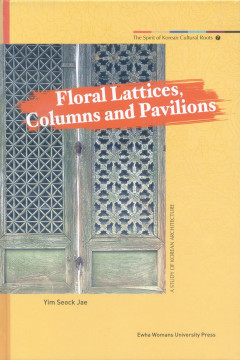
Floral Lattices, Columns and Pavilions: A Study of Korean Architecture
The most unique characteristic of the pavilion is that there is no distinction between the inner and outer space. The ultimate purpose is to become one with nature. What makes this possible is the typology of the pavilion – a building constructed with only the structural frame and no walls. The courage to eliminate walls and to create a building with only the most basic frame work would be im…
- Edisi
- -
- ISBN/ISSN
- 89-7300-625-8 04610
- Deskripsi Fisik
- 128 p. : ill. ; 19 cm.
- Judul Seri
- (The Spirit of Korean Cultural Roots 7)
- No. Panggil
- 720.519 JAE f
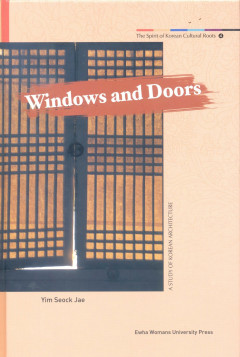
Windows and Doors: A Study of Korean Architecture
This book can help to broaden and deepen the readers’ appreciation for traditional Korean architecture. The lattice and frame are at the heart of traditional Korean window architecture. The lattice serves an ornamental function through its patterns, and its decorative quality may be either purely formative or symbolic.
- Edisi
- -
- ISBN/ISSN
- 89-7300-622-3 04610
- Deskripsi Fisik
- 137 p. : ill. ; 19 cm.
- Judul Seri
- (The Spirit of Korean Cultural Roots 4)
- No. Panggil
- 720.519 JAE w
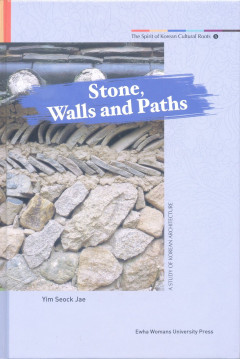
Stone, Walls and Paths: A Study of Korean Architecture
This book obeserved about Korea’s traditional architecture, wood and stone, both the two most representatives natural materials. Crooked logs are used as columns, and stone is artificially shaped as little as possible so that it remains close to its natural state. There are two major architectural meanings of natural materials in Korea’s traditional architecture: one is the aesthetic of tem…
- Edisi
- -
- ISBN/ISSN
- 89-7300-623-1 04610
- Deskripsi Fisik
- 144 p. : ill. ; 19 cm.
- Judul Seri
- (The Spirit of Korean Cultural Roots 5)
- No. Panggil
- 720.519 JAE s
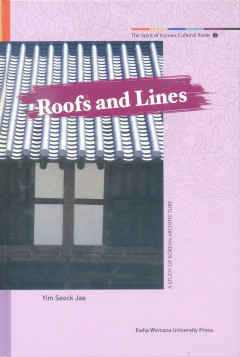
Roofs and Lines: A Study of Korean Architecture
book explain about the unique Korean Line, which is referred to as ”seon”, is found in all genres of Korean traditional art. It is embedded in the minds of the Korean people and existed even before the creation of artworks. Seon is an integral part of the vocabulary expressing the innate ”Korean-ness” of our people.
- Edisi
- -
- ISBN/ISSN
- 89-7300-621-5 04610
- Deskripsi Fisik
- 142 p. : ill. ; 19 cm.
- Judul Seri
- (The Spirit of Korean Cultural Roots 3)
- No. Panggil
- 720.519 JAE r
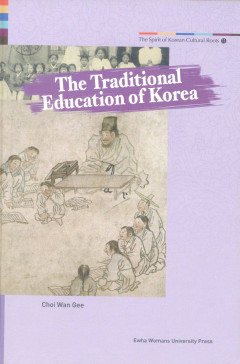
The Traditional Education of Korea
This book is explain about past history in Korea. People feel great pride and a sense of achievement when their future is determined by their own ability. This is the kind of education that the hyanggyo and the seowon tried to provide – an education that made the student realize the purpose of his life and his rightful role in a historical context. The school guided the students so that they …
- Edisi
- -
- ISBN/ISSN
- 89-7300-675-4 04150
- Deskripsi Fisik
- 152 p. : ill. ; 19 cm.
- Judul Seri
- (The Spirit of Korean Cultural Roots 11)
- No. Panggil
- 371.008 519 CHO t
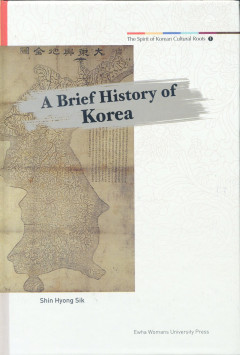
A Brief History of Korea
This book is introduction about history of Korea. Korea was a power in East Asia and once ruled much of Manchuria. The kingdom of Goguryeo was successful in repelling the aggression of China’s Sui Dynasti and Tang Dynasti, while the kingdom of Balhae ruled over a vast territory extending to the north as far as Siberia (Russian Maritime Territory). Throughout history, Korea not only developed …
- Edisi
- -
- ISBN/ISSN
- 89-7300-619-3 04900
- Deskripsi Fisik
- 148 p. : ill. ; 19 cm.
- Judul Seri
- (The Spirit of Korean Cultural Roots 1)
- No. Panggil
- 951.9 SHI a
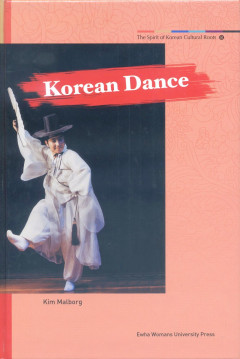
Korean Dance
This book deals with the dances that were traditionally performed in the Royal courts and among ordinary people, the dance that were put on stage before and after the country’s liberation in 1945, as well as the Korean dances that are performed on the international stage. Therefore, this book is written with intention of building a bridge beetwen the present and past roots of traditional Kore…
- Edisi
- -
- ISBN/ISSN
- 89-7300-626-6
- Deskripsi Fisik
- 148 p. : ill. ; 19 cm.
- Judul Seri
- (The Spirit of Korean Cultural Roots 8)
- No. Panggil
- 793.315 19 KIM k
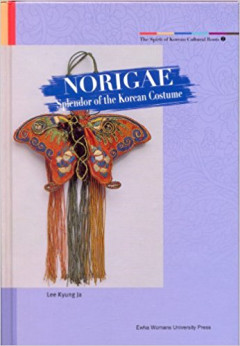
Norigae: Splendor of the Korea Costume
This book is introduction about the Norigae. Norigae is a decorative pendant hung from the outer or inner breast-tie of the short upper garment (jeogori), or sashes of the traditional Korean women’s custome called ”handbok”. It was an accessory item exclusive to the Joseon dynasty and was made of precious materials such a gold, silver or jade. The decorative designs and ornamental detail…
- Edisi
- -
- ISBN/ISSN
- 89-7300-618-5
- Deskripsi Fisik
- 140 p. : ill. ; 19 cm.
- Judul Seri
- (The Spirit of Korean Cultural Roots 2)
- No. Panggil
- 391.951 LEE n
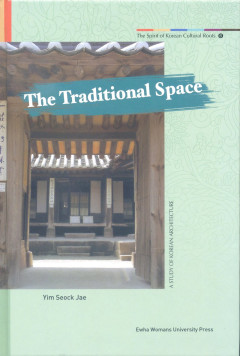
The Traditional Space: A Study of Korean Architecture
Korea’s traditional space can be summed up in two words – emptiness and formlessness. They also represent the traditional mindset of the Korean people. Emptying and non-definitiveness are incorporated in the teachings of Confucianism, Buddhism and Taoism, and are core values of the letter two.
- Edisi
- -
- ISBN/ISSN
- 89-7300-624-x 04610
- Deskripsi Fisik
- 140 p. : ill. ; 19 cm.
- Judul Seri
- (The Spirit of Korean Cultural Roots 6)
- No. Panggil
- 720.519 YIM T
 Karya Umum
Karya Umum  Filsafat
Filsafat  Agama
Agama  Ilmu-ilmu Sosial
Ilmu-ilmu Sosial  Bahasa
Bahasa  Ilmu-ilmu Murni
Ilmu-ilmu Murni  Ilmu-ilmu Terapan
Ilmu-ilmu Terapan  Kesenian, Hiburan, dan Olahraga
Kesenian, Hiburan, dan Olahraga  Kesusastraan
Kesusastraan  Geografi dan Sejarah
Geografi dan Sejarah